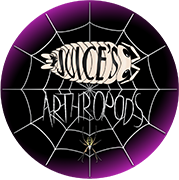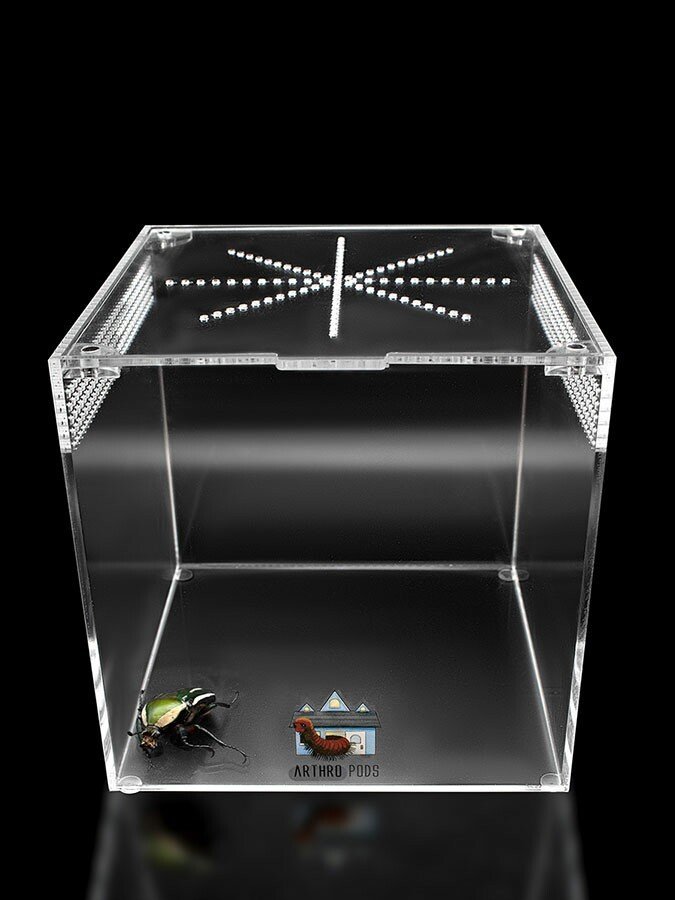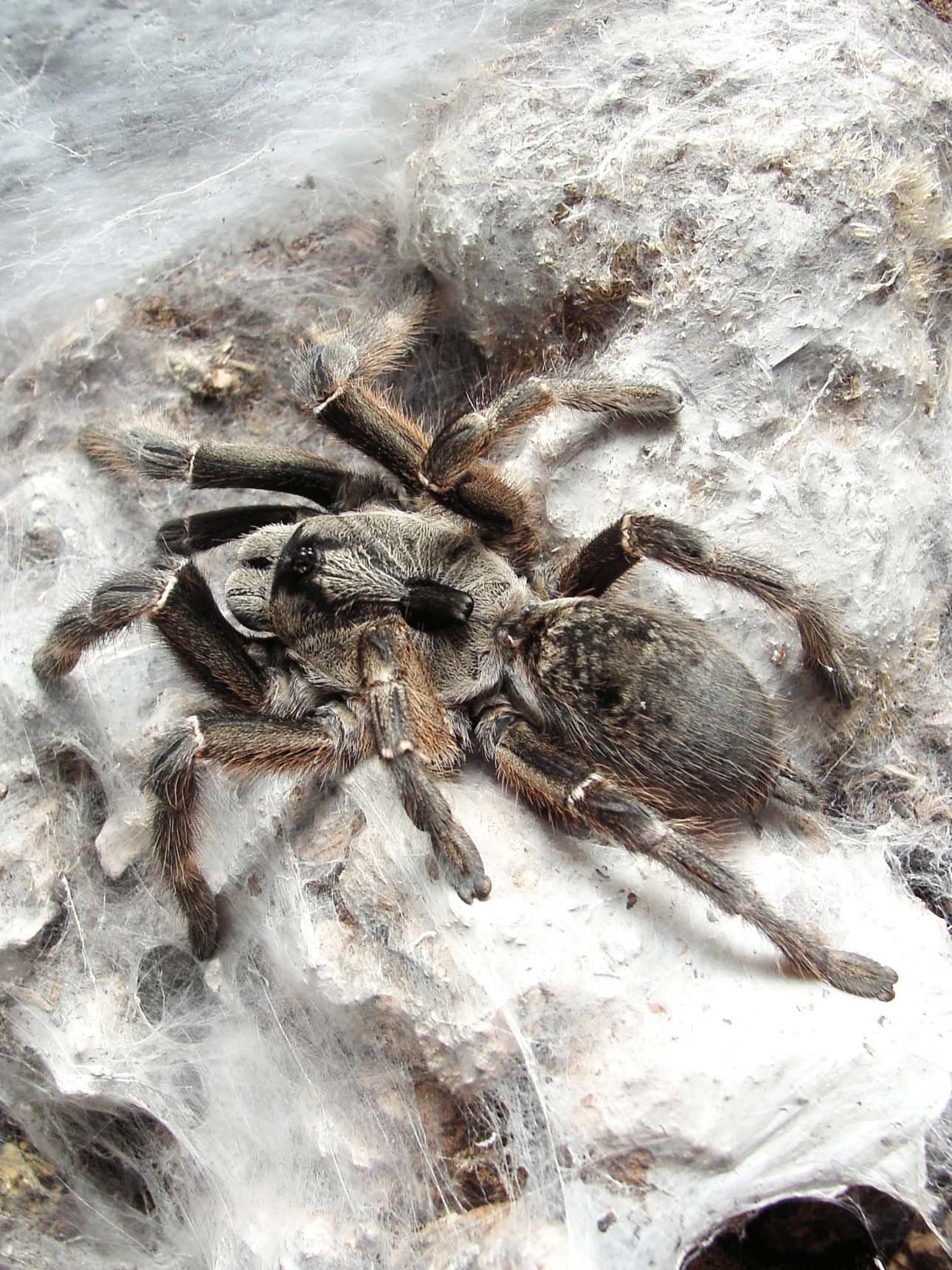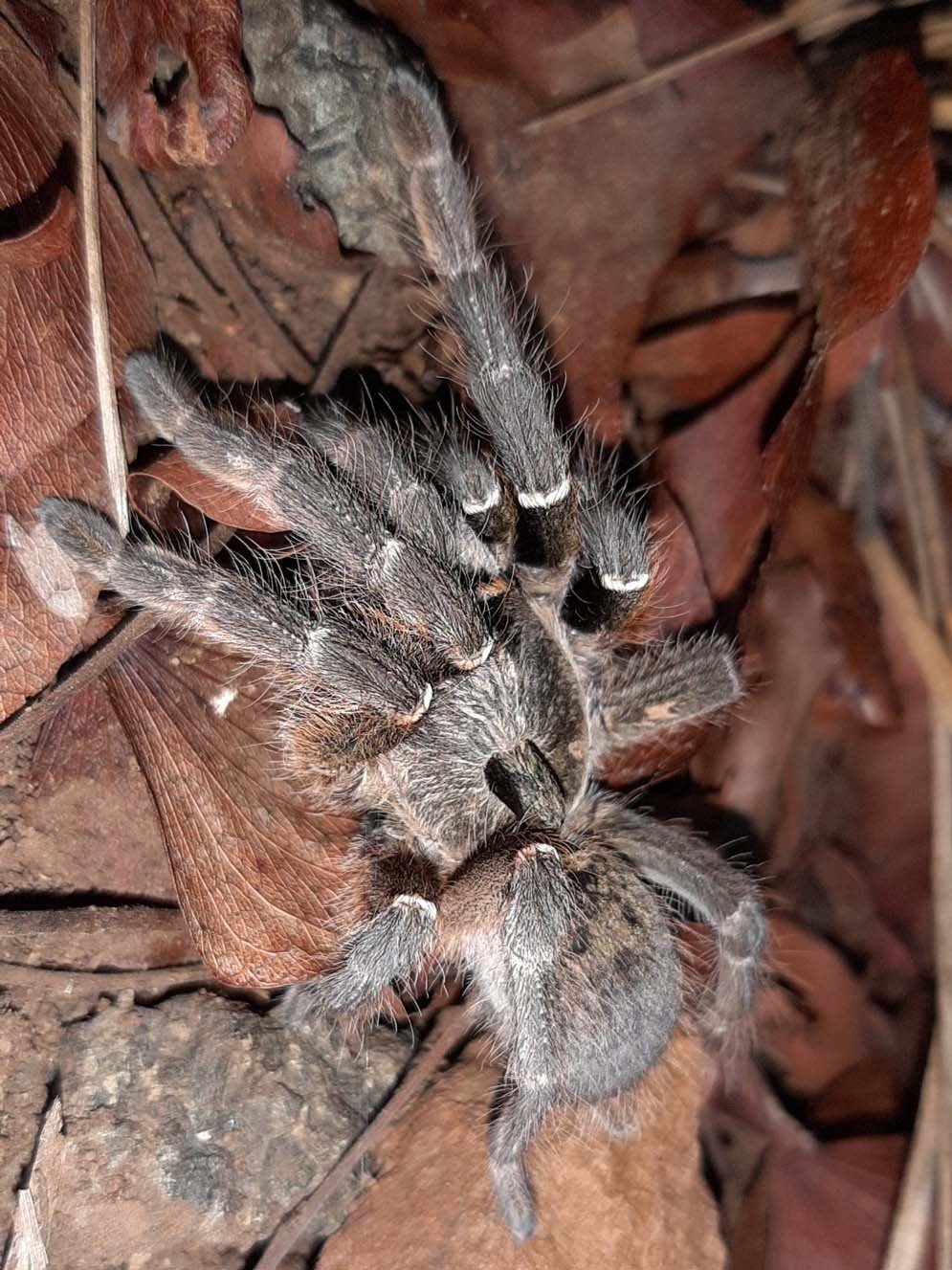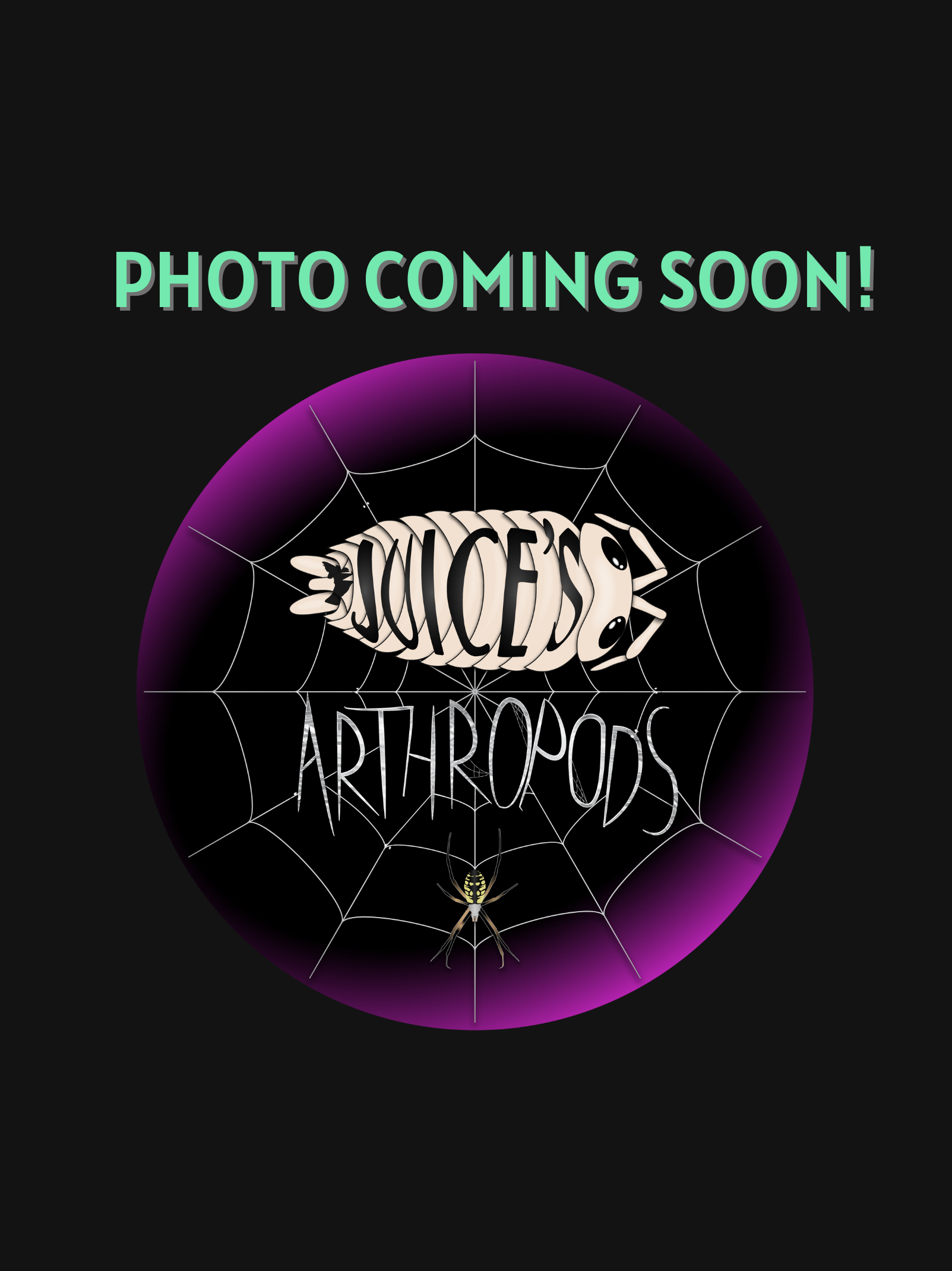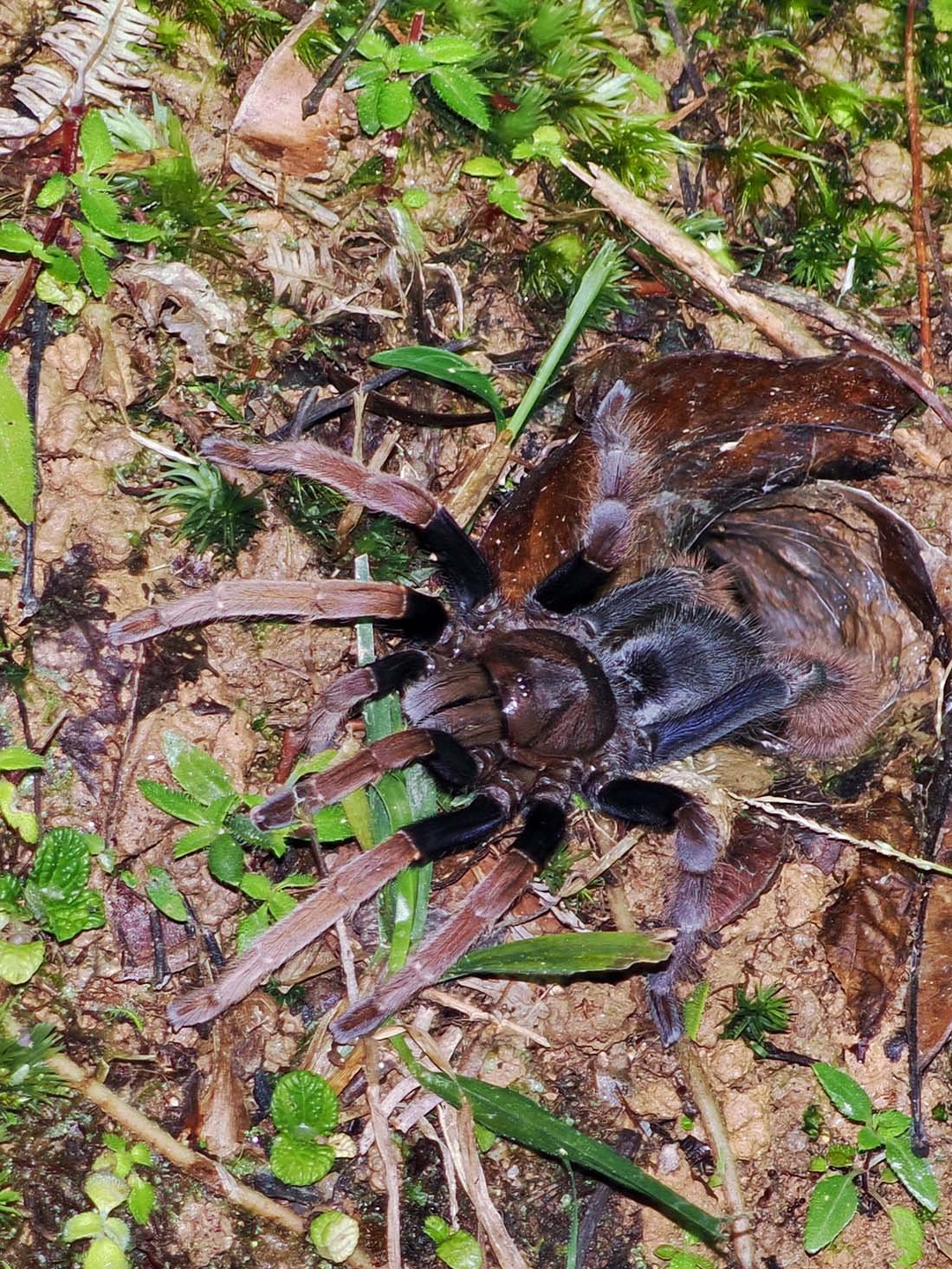Harpactira pulchripes
The Golden Blue-Legged Baboon Tarantula is an often overlooked fossorial species. These creatures are everything you would want from an OBT, but none of the often problematic behavioral problems. Reaching roughly the same size, their golden setae and blue legs emerge early, meaning you get to watch this tarantula go from I2, a regular brown sling, to the beautiful gold and blue color patterns. As a sling, this species is more prone to flee than fight, and even as a baboon species, their personalities are more aligned with the C.darlingi or M.balfouri than the King-of-Grumpy cousin they most resemble.
The Golden Blue-Legged Baboon Tarantula is an often overlooked fossorial species. These creatures are everything you would want from an OBT, but none of the often problematic behavioral problems. Reaching roughly the same size, their golden setae and blue legs emerge early, meaning you get to watch this tarantula go from I2, a regular brown sling, to the beautiful gold and blue color patterns. As a sling, this species is more prone to flee than fight, and even as a baboon species, their personalities are more aligned with the C.darlingi or M.balfouri than the King-of-Grumpy cousin they most resemble.
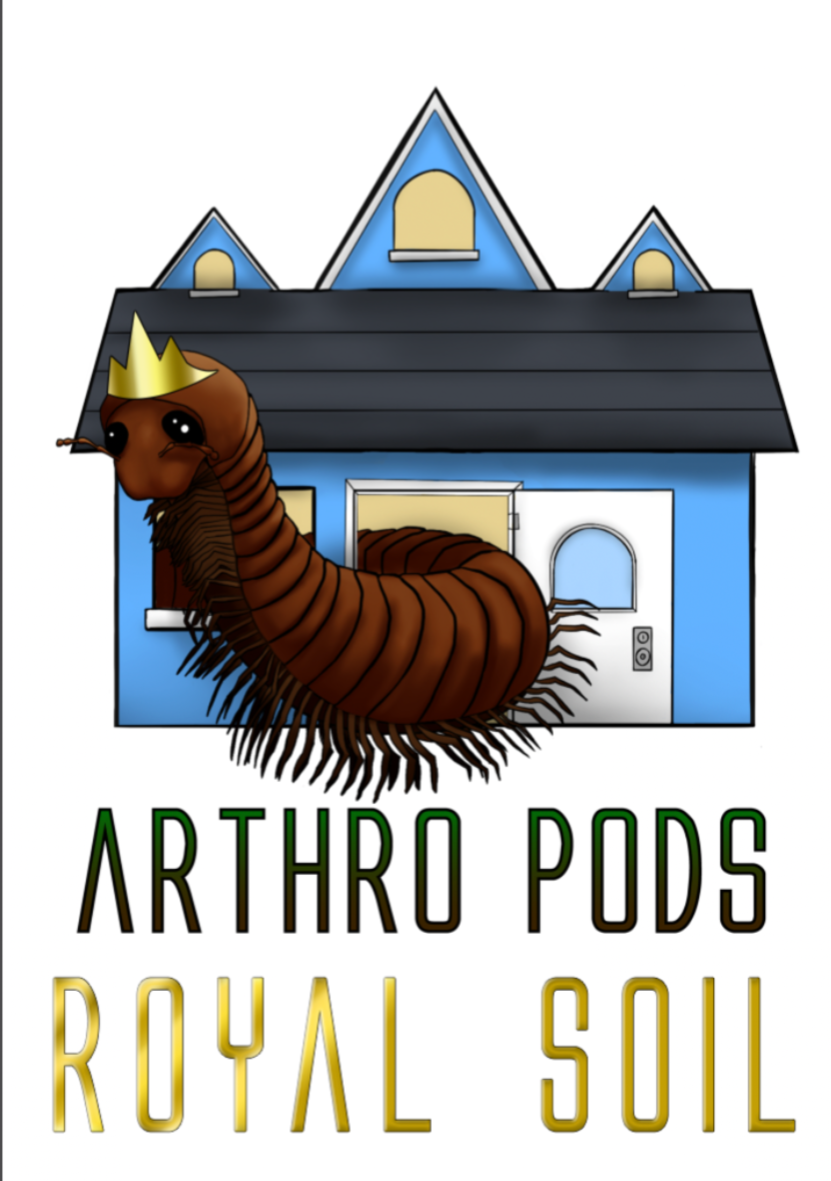
The Golden Blue-Legged Baboon Tarantula is an often overlooked fossorial species. These creatures are everything you would want from an OBT, but none of the often problematic behavioral problems. Reaching roughly the same size, their golden setae and blue legs emerge early, meaning you get to watch this tarantula go from I2, a regular brown sling, to the beautiful gold and blue color patterns. As a sling, this species is more prone to flee than fight, and even as a baboon species, their personalities are more aligned with the C.darlingi or M.balfouri than the King-of-Grumpy cousin they most resemble.
What’s the ideal diet for a Golden Blue-Legged Baboon Tarantula?
All Tarantulas can eat a variety of feeders. Stick to crickets, dubia roaches, silkworms, horned worms occasionally, and a superworm or mealworm as the occasional treat!
How should I keep a Golden Blue-Legged Baboon Tarantula?
We recommend starting with a small Fossorial Fissure enclosure for this particular creature. When they are about ⅓ the size, you will want to upgrade to a medium or large Fossorial Fissure enclosure. As slings, feed them once a week. Twice if their opisthosoma (abdomen) looks small, but if the opisthosoma is wider than their prosoma (pneumothorax), then wait a couple of days to feed. For juveniles or adults, stick to feeding once a week, nothing larger than their opisthosoma. Make sure to keep a full water dish at all times; wider and deeper is fine. Your tarantula can’t drown; they float on water.
How long could a Golden Blue-Legged Baboon Tarantula live?
Females are believed to live upwards of 12 years, while males don’t typically exceed around three years maximum.
Some photos provided by iNaturalist, credit to:
Christiaan Viljoen, some rights reserved (CC BY)
